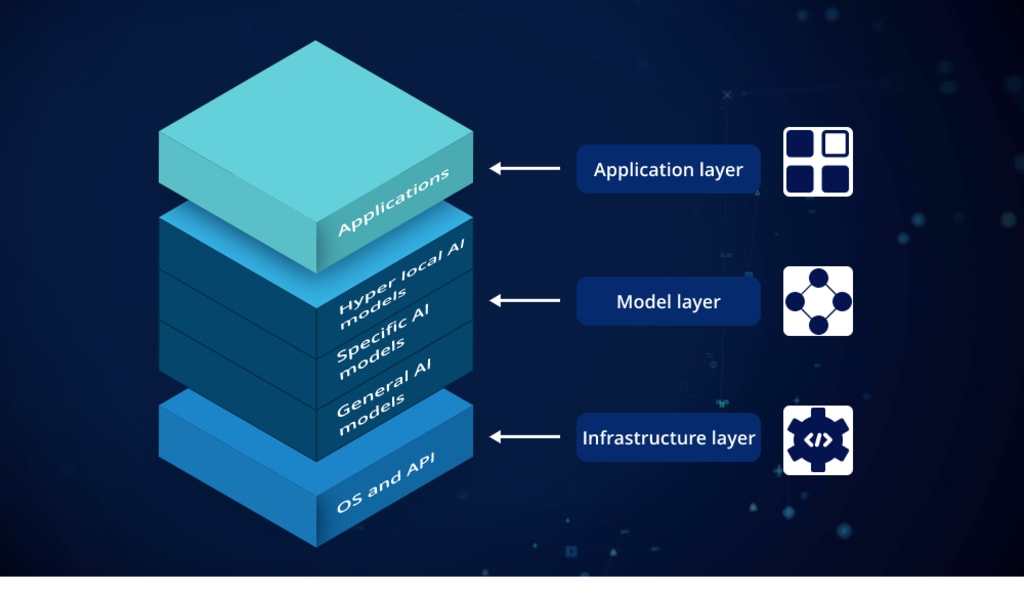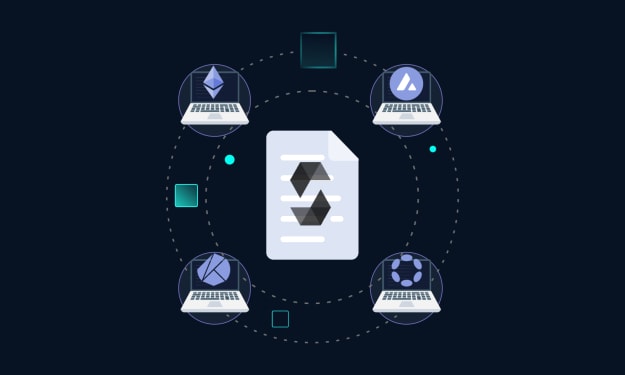Generative AI
5 Generative AI Use Cases That Will Change How You Work.

Generative AI is a subset of artificial intelligence (AI) that uses deep learning techniques to generate new content, such as text, images, videos, and audio, that mimic human creativity. These systems can analyze vast amounts of data, learn the patterns and structures, and create new content that is unique and original. Generative AI can be used in various applications, such as content creation, creative design, personalized recommendations, chatbots, and financial modeling. With the help of generative AI, businesses can automate their creative processes, improve customer experience, and enhance decision-making capabilities.
Generative AI models
Generative AI commonly works by training a deep learning model on a dataset of pictures, which is then applied to create new images. It utilizes several Generative AI models like BERT and Transformer or Autoregressive models. However, Generative Adversarial Networks (GANs) and Variational Autoencoders (VAEs) are two of the most prominent generative AI model types.
A GAN comprises two components: a generator and a discriminator. While the generator is trained to produce new images that mimic those in the training set, the discriminator is trained to discriminate between actual photos from the training set and fake images generated by the generator. The generator and discriminator are trained in tandem in a procedure known as adversarial training. During this training, the generator tries to produce images that can dupe the discriminator while the discriminator strives to detect counterfeit images accurately. The generator gets better with time and can create more lifelike images.
Content Creation:
Generative AI can help content creators in producing high-quality, unique and engaging content by using natural language processing (NLP) techniques. These systems can analyze vast amounts of data, understand the language patterns, and generate text in various styles and formats, such as blogs, articles, product descriptions, social media posts, and more.
Creative Design:
Generative AI can also assist in creating visual designs such as logos, illustrations, and even websites. These systems can analyze a brand's identity and generate creative ideas and designs that align with the brand's aesthetics and messaging.
Personalized Recommendations:
Generative AI can analyze customers' preferences, purchase history, and behavior to provide personalized recommendations for products and services. These systems can also predict customer needs and anticipate future purchases, which can help businesses in improving their customer experience and revenue.
Chatbots:
Generative AI can help in creating intelligent chatbots that can interact with customers, answer their queries, and provide personalized recommendations. These chatbots can use natural language processing and machine learning to understand customers' intents and provide accurate and relevant responses.
Code generation
Generative AI can be leveraged in software development thanks to its ability to generate code without manual coding. By automating the software creation process, these models reduce developers’ time and effort in writing, testing and fixing codes. Generative AI models for code generation can do the following:
Code completion: Completing a code snippet is easy with generative AI models like ChatGPT that study the context of the code to suggest the next line of code.
Code generation: Thanks to its natural language capabilities, a generative AI model can understand a text prompt to convert it into codes.
Test case generation: Generative AI models can create test cases to assess the software’s functionality, confirming that it performs as intended.
Automated bug fixing: Developers can enter the code into a generative AI tool model like GPT, which then identifies and fixes the bugs in the code.
Model integration: With generative AI, developers can easily and quickly implement machine learning models in their software based on a specific model, such as a neural network or decision.
Conclusion
In conclusion, generative AI is a powerful tool that has the potential to transform various industries and revolutionize the way we work. From creating unique and engaging content to personalized recommendations and intelligent chatbots, generative AI has numerous use cases that can benefit businesses and customers alike. By leveraging the capabilities of generative AI, organizations can automate their creative processes, enhance customer experience, and make data-driven decisions. As the technology continues to evolve and improve, we can expect to see more innovative applications of generative AI in the future.





Comments
There are no comments for this story
Be the first to respond and start the conversation.